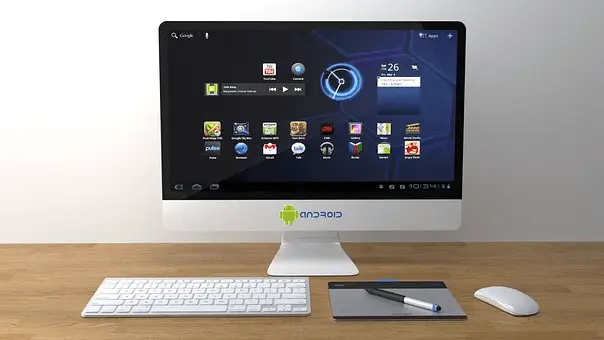Do you want to run Android apps on your PC? It’s pretty easy, and there are a few different ways to do it. This blog post will show you how to run Android apps on a PC using two other methods: an emulator and a virtual machine. Read on to find out which way is right for you.
Using an emulator
An emulator is a software that creates an environment similar to an Android device, allowing you to run Android apps on your PC. BlueStacks is popular for emulating Android and offers easy installation and setup. Once installed, you can search the Google Play Store on PC and install it onto your emulator. Searching for the desired app from the Play Store and clicking “Install” is your best bet for running Android apps on a PC. When you download APKs, you must enable installation from unknown sources if it’s not already enabled.
- Download and install the Android SDK on your computer
The Android SDK, or Software Development Kit, is a collection of tools that allow you to develop Android apps. It includes the Android emulator, which can be used to run Android apps on your PC. To get started, download and install your operating system’s appropriate version of the SDK. After installation, open the SDK Manager and select “Tools & Manage AVDs” to create and select an Android Virtual Device. Select “Launch” to start the AVD and open the Android home screen in a window on your computer. From here, you can download apps from the Google Play Store or install APK files directly onto the virtual device.
- Use a USB to connect your Android device to your computer
Connecting your Android device to your computer via USB is an excellent way to transfer and back up files easily. It also allows you to access your device’s storage on the computer, meaning that you can install APKs directly onto your phone or tablet. To do this, connect your Android device via USB and enable USB debugging from the Developer Options menu. Once connected, open the command prompt and type in “ADB install path_to_APK.apk,” replacing “path_to_APK.apk” with the location of the APK file you want to install. This will allow you to install and run Android apps on your device directly from your computer.
- Enable “USB Debugging” on your Android device
Enabling “USB Debugging” on your Android device ensures you get the most out of it. With this feature enabled, you can access advanced options when connecting your Android to a computer via a USB cable. It allows your device to be recognized by your computer and transfer data between them. Go to the Developer Options menu on your Android device to enable USB debugging and toggle “USB Debugging” on.
- Launch the Android SDK Manager and install the necessary packages
When you launch the Android SDK Manager, you will be presented with a list of available packages. You need to select and install the necessary packages for your project. Depending on the apps you intend to run, you may need to download different versions of the Android SDK and system images for each version. Once all necessary packages are installed, you can launch the emulator and run Android apps on your PC. Remember that you may need to adjust some settings for your apps to run correctly. For instance, you may need to change the RAM size or enable hardware acceleration.
Using a virtual machine
Virtual machines are powerful tools for running multiple operating systems simultaneously on the same computer. To run Android apps on a PC using this method, you’ll need to install an Android x86 ISO image and VirtualBox software. Once installed, you can boot up the virtual machine and enjoy Android OS in a sandboxed environment. This method is more complicated than an emulator but offers the benefit of having a dedicated Android environment for running apps. This is because the virtual machine is a separate instance of Android that is isolated from your computer’s operating system.
It’s important to note that both methods have their advantages and drawbacks. An emulator is convenient for quickly running Android apps on your PC, while a virtual machine gives you more control over the experience. Similarly, an emulator is typically cheaper and easier to set up, while a virtual machine requires more resources. Ultimately, the method you choose will depend on your needs and preferences.
Now that you know how to set up the Android SDK and run your app on an AVD, you’re on your way to running Android apps on your PC easily. Whether you’re a developer or just an Android enthusiast, having the ability to run apps on your computer can be incredibly useful. So get started now and start exploring what Android has to offer.



